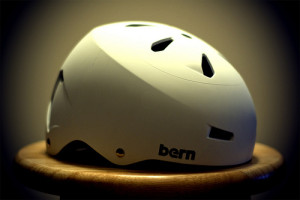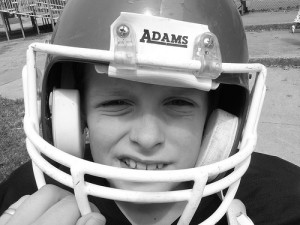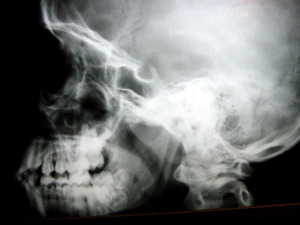 Whether you live in Vista or elsewhere in Southern California, it is important to take steps to avoid a serious personal injury. Injuries can happen almost anywhere, and traumatic brain injuries (TBIs) can result from many different types of accidents. Motor vehicle collisions, slips and falls, and other kinds of accidents can lead to severe head trauma. According to a recent report from U.S. News & World Report, rates of fall-related TBI deaths are on the rise in California and across the country. In other words, more people are sustaining fatal brain injuries in fall-related accidents than in previous years and decades. The study shows that fall-related TBI deaths increased steadily between 2008-2017. We want to take a closer look at that study and to consider what it means for Vista residents who sustain brain injuries in falls.
Whether you live in Vista or elsewhere in Southern California, it is important to take steps to avoid a serious personal injury. Injuries can happen almost anywhere, and traumatic brain injuries (TBIs) can result from many different types of accidents. Motor vehicle collisions, slips and falls, and other kinds of accidents can lead to severe head trauma. According to a recent report from U.S. News & World Report, rates of fall-related TBI deaths are on the rise in California and across the country. In other words, more people are sustaining fatal brain injuries in fall-related accidents than in previous years and decades. The study shows that fall-related TBI deaths increased steadily between 2008-2017. We want to take a closer look at that study and to consider what it means for Vista residents who sustain brain injuries in falls.
More People are Suffering Deadly TBIs in Falls
Traumatic brain injuries, according to researchers, are head injuries that are “caused by a bump, blow, or jolt to the head or body, or a penetrating head injury that results in disruption of normal brain function.” In general, TBIs can be mild, moderate, or severe. Concussions are one type of mild TBI, and although they may result in life-threatening problems later on, most mild and moderate TBIs do not immediately cause a person’s death. The key piece of information from the report is that more people are sustaining fatal TBIs in fall-related accidents. Yet there is more to the data than that. More of the people falling are older adults, and more of them live in rural areas of the country. Rates of fall-related brain injury deaths have risen across age groups and geographic regions, but those specific risk factors showed particular growth.
 North County San Diego Injury Lawyers
North County San Diego Injury Lawyers










 nges Allots Funds for Brain Injury Research Teams
nges Allots Funds for Brain Injury Research Teams





